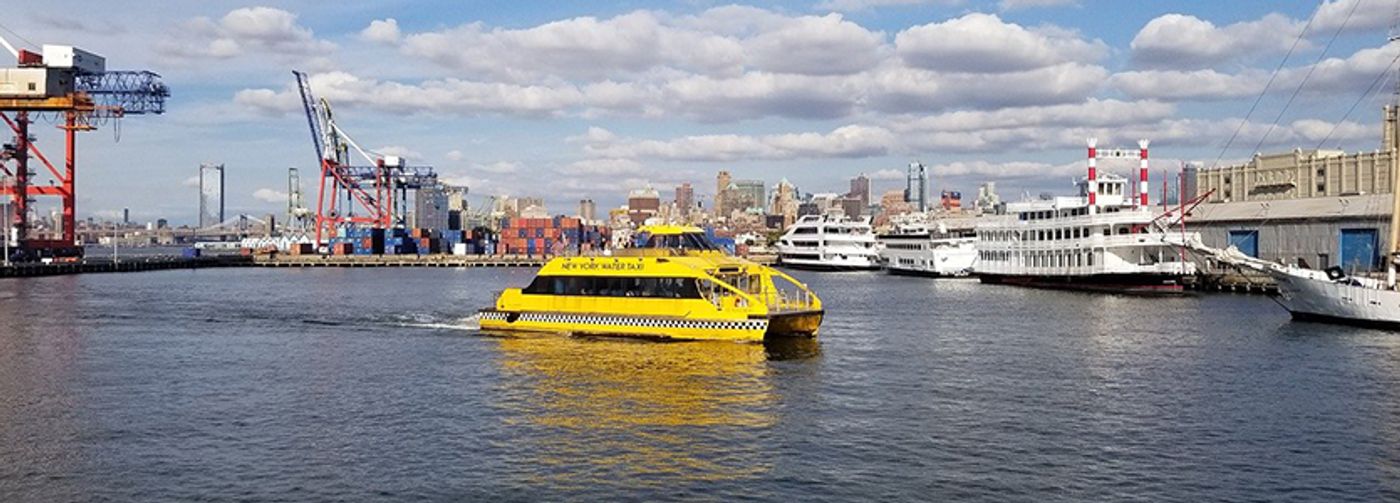Humpback Whales Thriving in NYC Waters
Over the past decade, humpback whales have become increasingly common in waters known as the New York-New Jersey Bight. The Associated Press (AP) reports that many of these whales are juveniles and that scientists suspect they’re visiting these waters due to an abundance of their preferred prey. According to the AP, the population of small schooling fish called “menhaden” has flourished, drawing the juvenile whales to this region. The AP reports that environmentalists attribute the menhaden population boom near NYC to “cleaner waters and stricter conservation laws.”
Paul Sieswerda, the president of the nonprofit Gotham Whale research organization, told the AP that they spotted a total of 500 whales in 2019. Sieswerda said that the number of whales in this area began to rise after 2011 when only five whales were thought to be present in the bight. Sieswerda told the AP, “Somehow or other more and more whales seem to be getting the message that New York is a good place to dine.” He calls the population increase “phenomenal.”
While this population increase is a positive change and shows how conservation efforts in the region are succeeding, the risks to whales in these waters are numerous. The AP reports that these waters are some of the most heavily trafficked in the world, threatening the massive mammals with ship strikes. Additionally, these whales are at risk of becoming entangled in fishing gear, which can impede swimming and feeding, and ultimately lead to deaths. According to the AP, 29 humpback whales have died in New York waters since 2016, the most of any Atlantic state. The AP states that more than half of the dead whales showed evidence of human interaction, such as a ship strike or entanglement.
Danielle Brown, lead humpback researcher at Gotham Whale, told the AP, “This is most likely going to continue, and we have to find a way to coexist with these large animals in our waters.” Brown clarifies that this is not a standalone whale population, but likely a feeding group from a larger population in more northerly waters.
Howard Rosenbaum, director of the Wildlife Conservation Society’s Ocean Giants Program, agrees with Brown and told AP news that this situation calls for environmental stewardship “to minimize the risk to animals that are using these waters to feed.”
Sources: AP News









